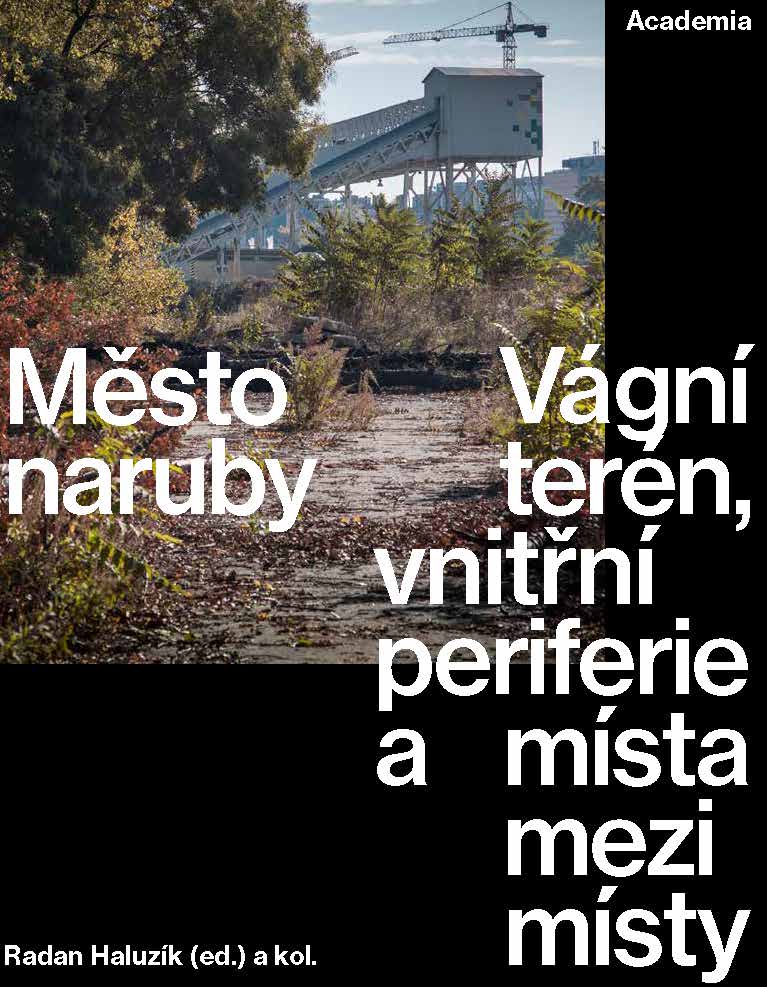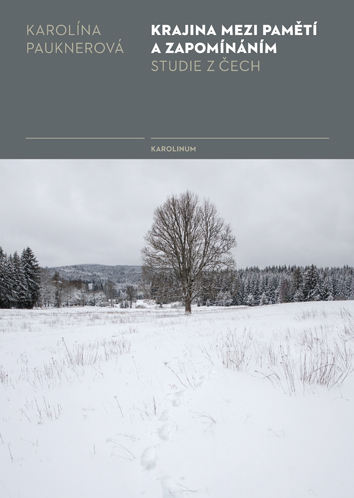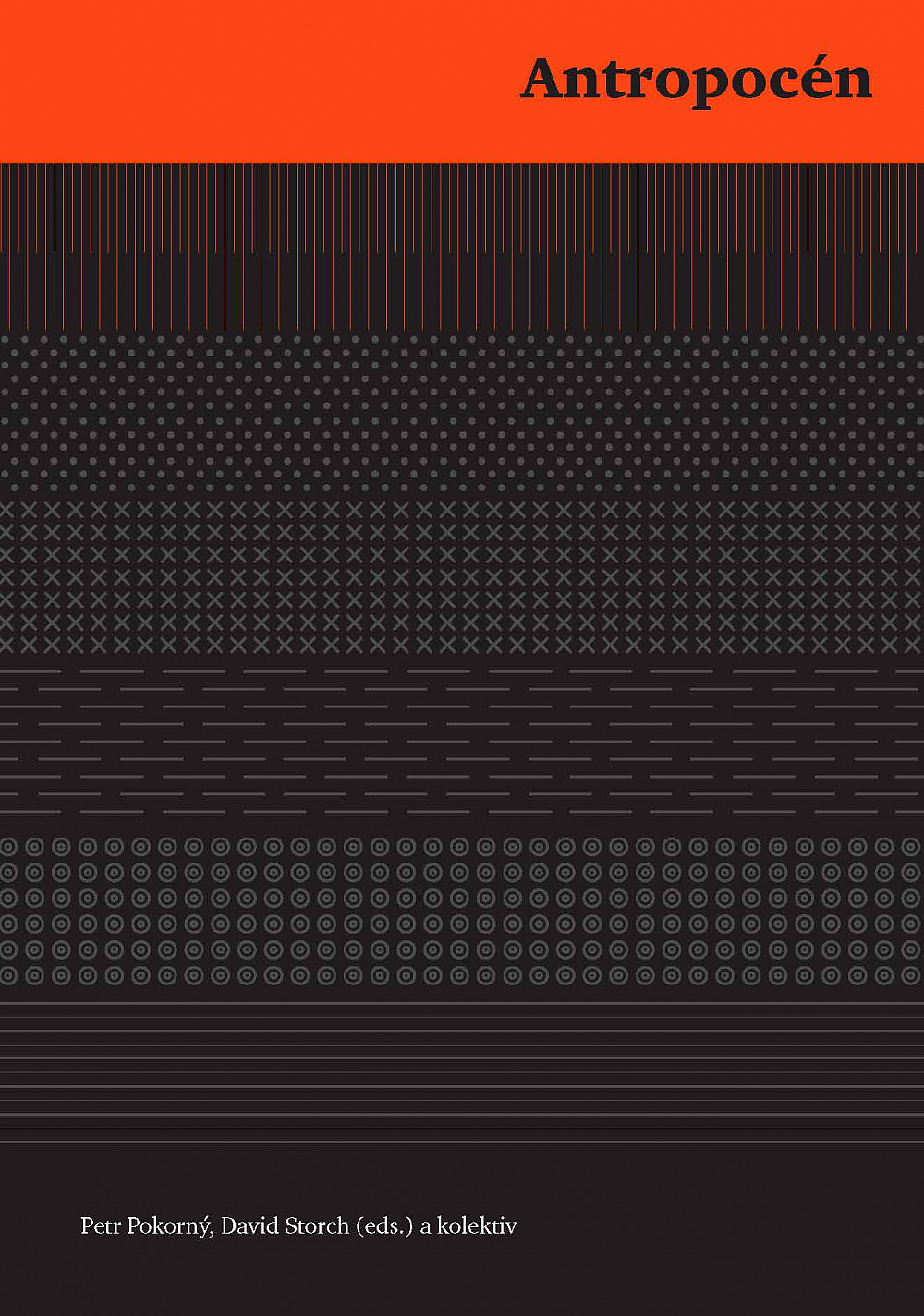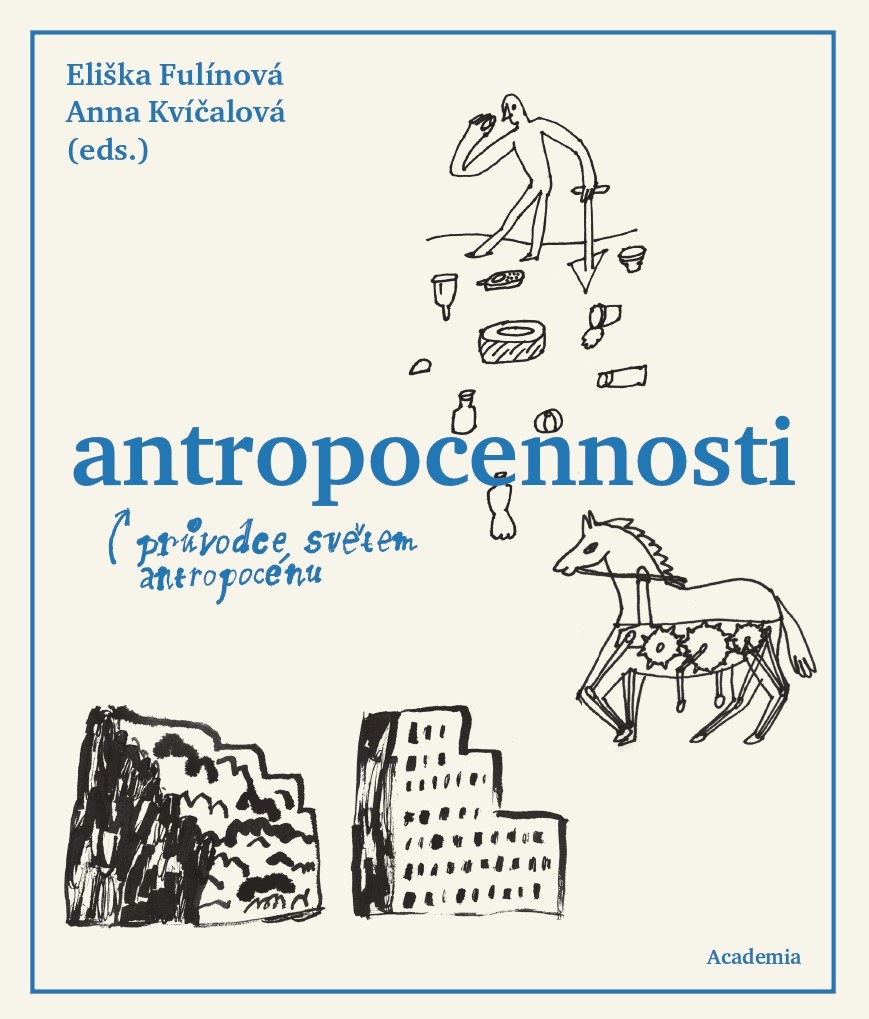The city is not only buildings, streets, squares, infrastructure, green spaces and parks – that is, places with a clear function – but also thousands of places in between that seemingly “do not serve any purpose”. Some of them we … Read More »
Krajina mezi pamětí a zapomínáním: Studie z Čech
Karolína Pauknerová(Karolinum )
Karolína Pauknerová’s book reveals the variability of the ways in which memory becomes part of the landscape, sedimenting in it, reproducing itself and disappearing. Using several examples – the surroundings of the Příbram road, the recollection of vanished settlements in … Read More »
Antropocén
Ed. Petr Pokorný & David Storch(Academia )
The year 2000 saw the unexpected announcement of the Anthropocene, a global age of man, in which humanity’s impact on the planet has supposedly reached a level on par with most natural factors. For some, the Anthropocene is a crisis, … Read More »
Antropocennosti: Průvodce světem antropocénu
Ed. Eliška Fulínová & Anna Kvíčalová(Academia )
Antropocennosti is a collection of twenty-three essays written by various authors from different disciplinary backgrounds. These essays guide the reader through the Antropocene by introducing both common and unusual objects as being results of events and processes typical of the … Read More »



